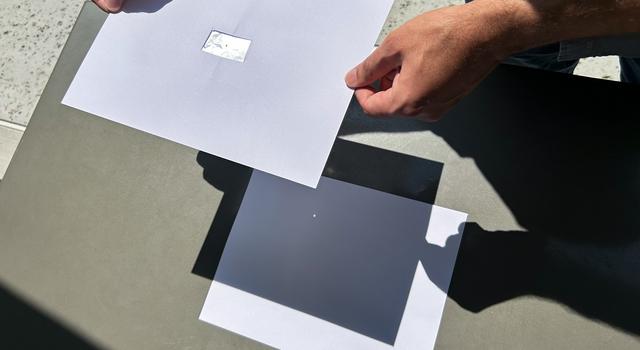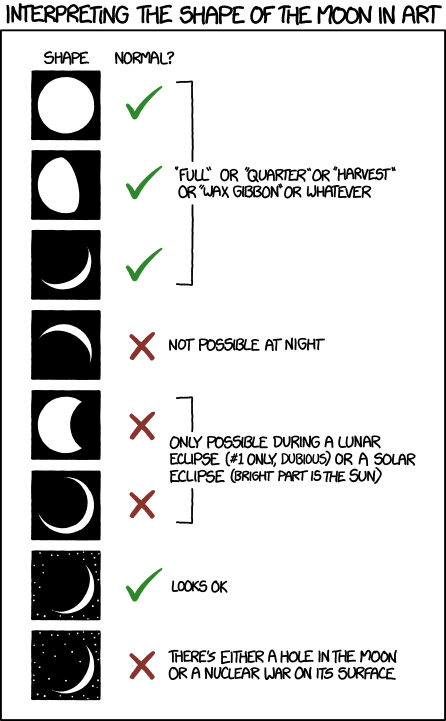.jpg)
The teenager's Honors World History: Ancient Times course uses an AP World History textbook, a college-level art history textbook, and all the other additional resources you'd want in order to flesh the study of ancient history out into a full-year high school honors course.
Among the other many resources I've compiled and DIYed for this study, one of my favorites is the new set of DIY artwork cards that I prepare for every new chapter of Gardner's Art through the Ages, which in turn I've keyed to the relevant chapter(s) in Duiker's World History.
Artwork cards are a major component of a couple of different pedagogical approaches to homeschooling, and you CAN buy sets of them--Memoria Press is generally considered to have the nicest, if you're in the market. But if you buy sets of them you're not going to get exactly the artworks that you want in the sizes that you want, and depending on where you buy them, copyright can be an issue.
Another option, one that I also use, is buying museum gift shop postcards. I LOVE my sets of artwork postcards, and it's nice because they're always high-quality, I know they're not pirated, and I didn't have to do any of the work of sourcing, printing, and cutting out the images. But they're hard to buy online, and they're pricey! I would NOT have the collection of artwork cards that I do if I was paying a buck-plus for each of them. I mean, geez, my kid is going through twenty or so of these cards per chapter in just her current study! And that's not even counting the separate political art or history of photography studies that we've completed fairly recently, yikes.
So you've got options, but if you want the highest-quality, cheapest, most bespoke sets of artwork cards, you probably want to DIY them like I do.
Step 1: Go through the study materials and select the images you require.
I always pre-read the kid's textbook chapters so that I can collect additional resources and set up extension activities anyway, so while I'm reading her art history textbook I also note the artworks that are referred to in that chapter. Occasionally, there are also a couple that her history textbook refers to that the art history textbook doesn't, or I might want to collect different types of images referenced there, like the cuneiform tablets from the Mesopotamia chapter, or the Neolithic stoneworks from the Ancient Great Britain section.
Step 2: Find the images online and save them.
There are three ways to find good images online. First is just to do a Google Image search and filter the results for Large images:
 |
| This is a screenshot from when I was collecting images for our History of Photography study, but the process is identical. |
You'll often come across pirated images this way, but you're not using your images commercially, so I'll allow it, ahem.
Another good way is a Wikipedia search, especially for more iconic artworks. You won't get any pirated images here, but you WILL get some lower-quality images, as many will be photos that contributors took themselves of the artworks in their museum settings.
And then ANOTHER good way is to go directly to the website of the museum that hosts a particular artwork. A lot of museums do offer free downloads of digital images of many of their artworks. My special favorite is the British Museum, which will often let me download an image so high-quality that I can print it life-sized--I've done that for both the Rosetta stone and for several cuneiform and hieroglyphic pieces, and it's so cool and useful for detailed study!
Here's one list of museums that offer open-source images, but it's definitely not comprehensive because the British Museum isn't even on it.
Here's the British Museum's image site; I usually download or request the super-high-quality images, because why not! Wouldn't some large-scale Greek vase images look so awesome framed and displayed in my future Life of Theseus-themed bathroom?
Here's the Metropolitan Museum of Art's image site. I like that if you're not looking for a specific artwork, but rather a time period or style, you can filter your results by open-access so that everything you see is obtainable.
The National Gallery's image site provides open-access images and also provides many of the Wikimedia images.
Here's the National Trust images site. Only some of these images are free, but there are images that work very well with British history and geography studies.
The Smithsonian's image site pulls from all its museums and holdings across genres, so it's a great resource not just for art, but also historical artifacts and even primary sources.
Step 3: Print and cut.
I prefer to print my images with a laser printer onto cardstock, because I want them to look and feel nice. To make the artwork cards a standard size, I print them four to a page--
--then cut them on a guillotine paper cutter:I label the back with title, artist, date, and, for these art history cards, geographic location, and currently I have them filed by textbook chapter.My teenager is also keeping a comprehensive ancient history timeline, so I print another set of these images as thumbnails onto regular copy paper, and then she glues them into her timeline and labels them.
Okay, so how do you actually USE these artwork cards? There are so many ways!
- Flash cards. Memorize the artwork, title, artist, date, and geographic location to add to one's working knowledge of art history. Having a ton of artworks memorized will make it easier for you to slot future pieces into your memory, and allow you to build context and make better comparisons/contrasts, add to your understanding of social history, and write some kick-ass essays, etc.
- Sort and organize. Having these visuals at hand allows you to easily make comparisons about style and other features of artworks that may be less noticeable when each image is trapped in the pages of a specific chapter of your textbook. How do the early Native American earthworks compare to Neolithic European ones? How does portraiture vary, and how would you sort portraits stylistically when the images are separated from geohistorical context?
- Order chronologically. We play a lot of history card games in which we have to try to put something in chronological order. We have almost all of these Timeline games, but you can play the same game with art, and not only is it interesting, but it builds a chronological understanding of art on a sensory level.
- Display. Once upon a time, a worker who was doing emergency repairs on our old, poorly-maintained, homeowner's special home came out of the kids' bathroom after installing a new toilet and asked me if I homeschooled. I was all, "Yes?" I thought it was the weirdest, most random thing for someone to figure out about me with zero evidence! But when I told this story to the kids later, they were immediately all like, "Um, it's because you tape educational posters to the wall facing the toilet?" Because riiiiight... when I want the kids to memorize something but I don't want to go through the emotional torment of MAKING them memorize something, I just print that thing out onto 8.5"x11" paper and tape it to the wall facing their toilet. I also once put tape onto ALL our things and made the kids label them in French and that's all still around, and every once in a while I printed out and assembled a giant line map of someplace we were studying, made them label that, too, and then hung it in the hallway until I was ready to make them study some other place. I also use pushpins to make little clotheslines across our bookshelves and I have the kids clothespin these art cards to them, and sometimes I'll display them on our magnet boards. I thought I was being sneaky like this, but apparently I wasn't, lol!
I should probably act like, since these images cost only the amount of the paper and the ink, and they're just cardstock, I'll recycle them when my last homeschooling kid graduates in a couple of months, but you know I won't. I won't have the kids to label me new giant maps for the hallway, so perhaps I'll retire them all permanently on display there!
P.S. Want to follow along with my craft projects, books I'm reading, road trips to weird old cemeteries, looming mid-life crisis, and other various adventures on the daily? Find me on my Craft Knife Facebook page!
.jpg)
.jpg)
.jpg)
.jpg)

.jpg)




.jpg)
.jpg)
.jpg)



.jpg)
.jpg)

.jpg)
.jpg)
.jpg)
.jpg)
.jpg)
.jpg)

.jpg)
.jpg)
.jpg)





